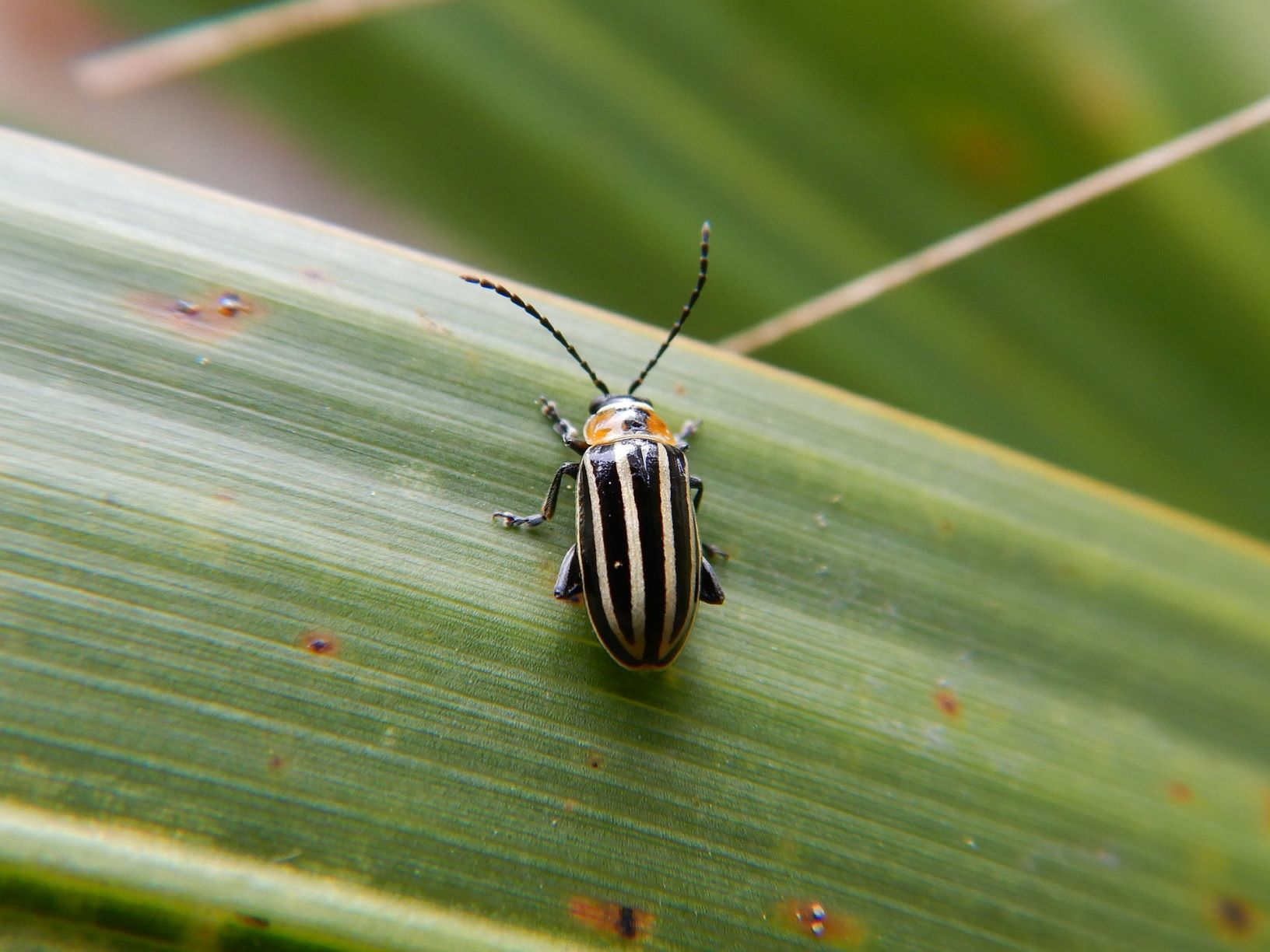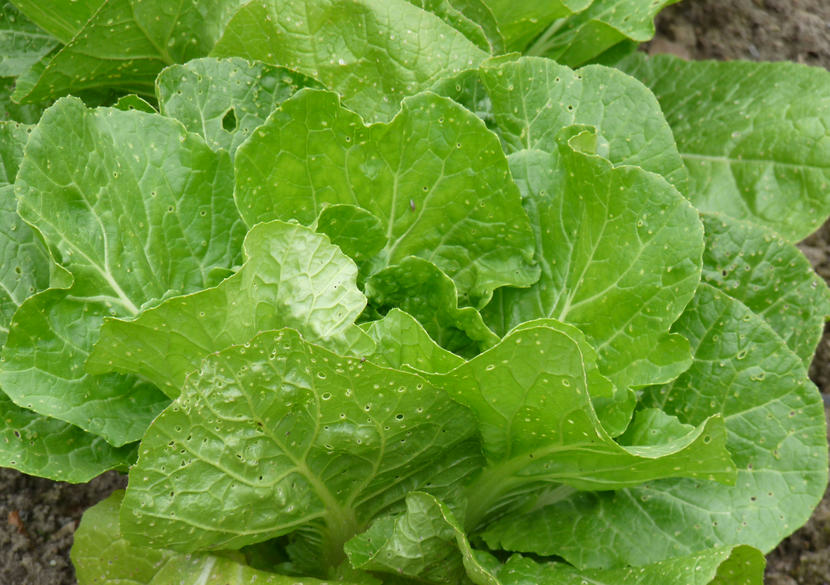Flea beetles
How to get rid of flea beetles
Many small, sieve-like holes, often on leaves close to the ground (especially on cruciferous plants), are probably caused by the tiny, powerful jumping earthworms. These patterns are caused by the pests using their mouthparts to scrape off the top layers of leaves as they feed. The tissue then dies, creating the round holes.
Prevention
Flea beetles are most prevalent in dry, warm conditions. A mulch of moist material (lawn, green cuttings) and sufficient watering can work wonders. In addition, a well-balanced compost fertiliser will protect most heavy crops (cabbage, tomatoes, courgettes, ...) from pest infestation, as only weak or diseased plants are usually attacked by pests. In the case of heavy infestation, the young, susceptible plants in particular can be covered with a very fine-meshed insect net. Spinach or lettuce can be sown between the endangered plants as a mixed crop, as fleas will avoid the proximity of these crops.
Treatment

Plant fertilisers such as tansy or wormwood, garlic or onion soup will usually repel flea beetles. You can also sprinkle rock flour on the affected plants.
Affected plants
- Potatoes
- Peppers
- Tomatoes
- Cabbage
- Radishes

